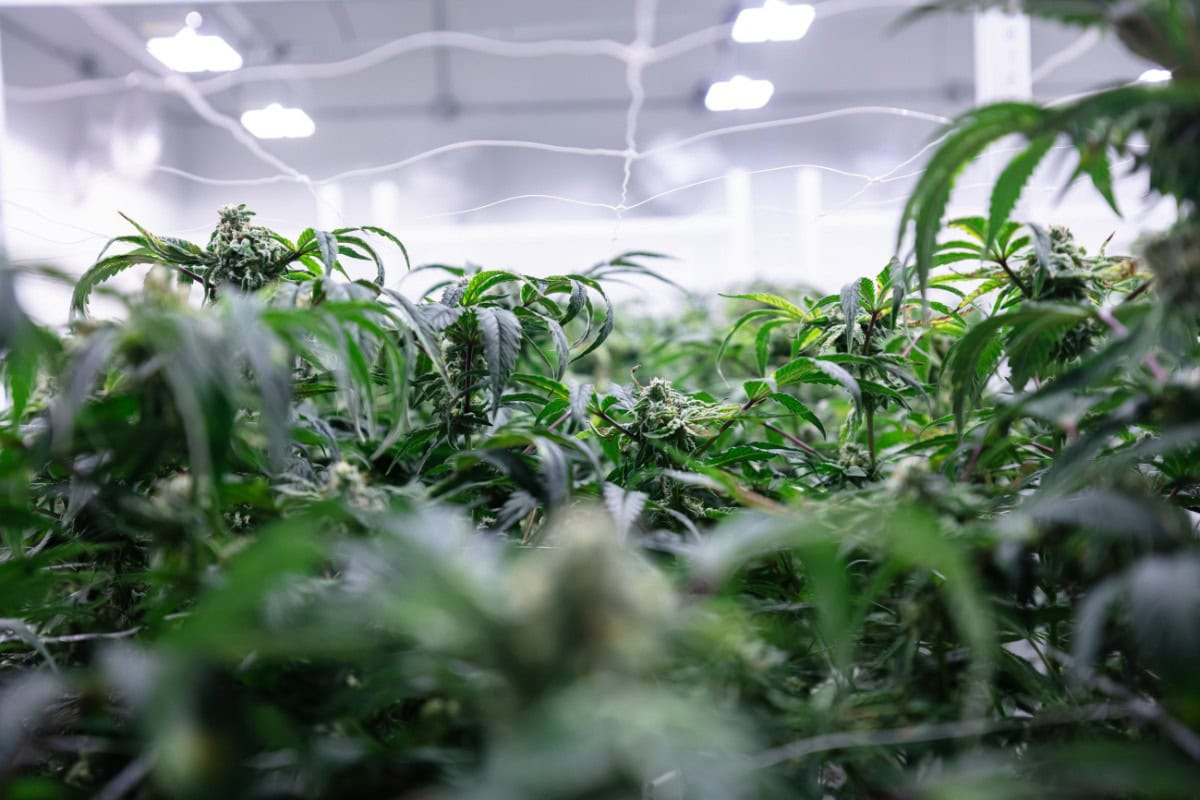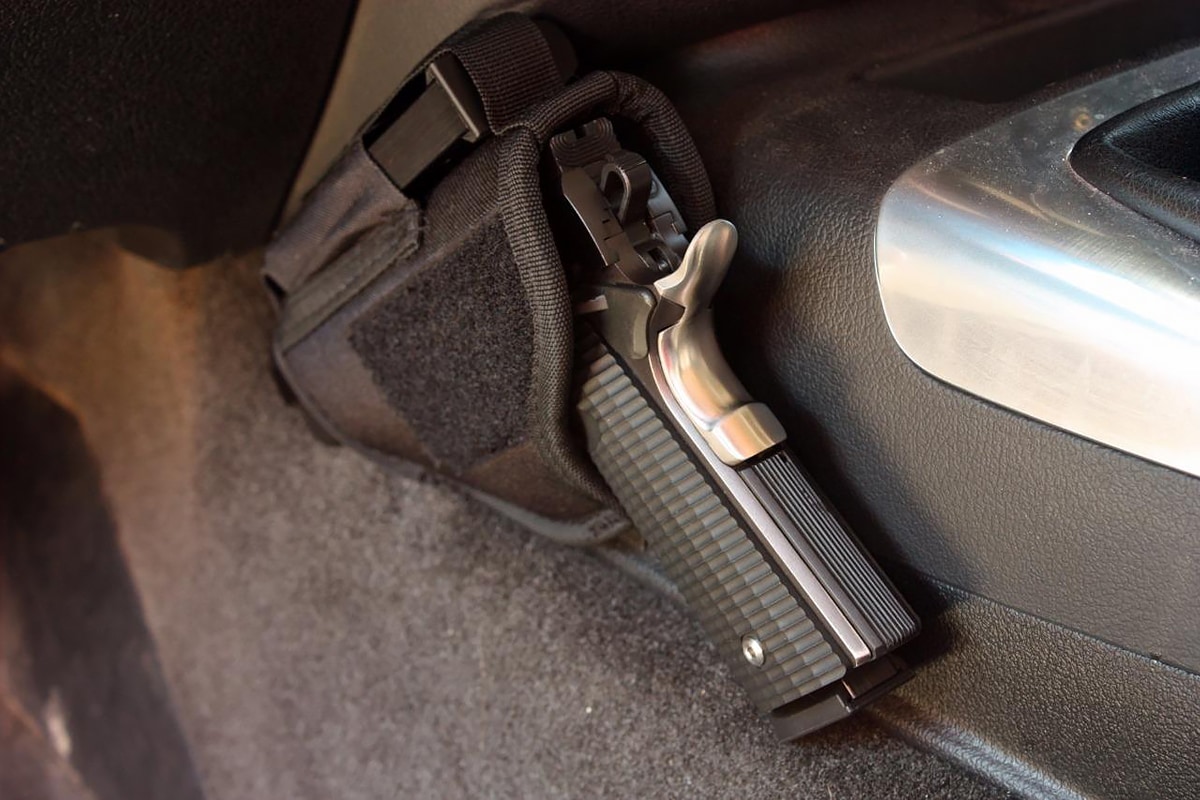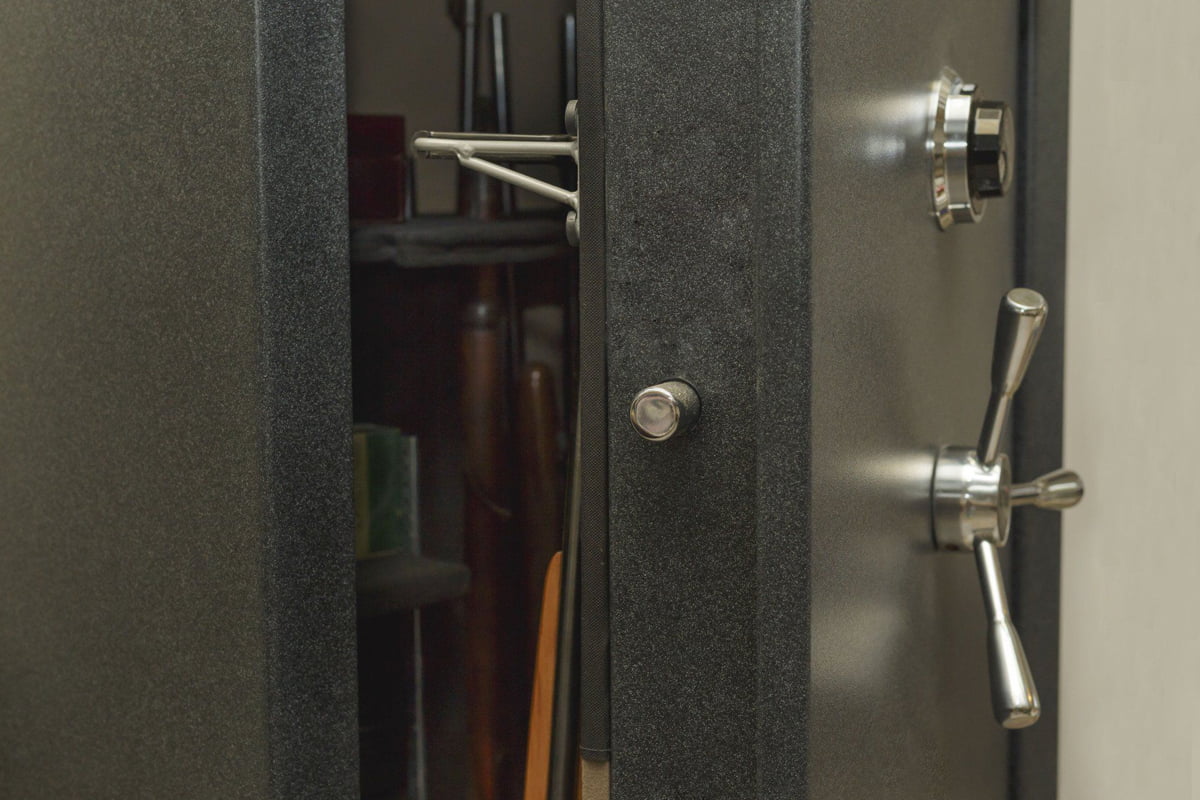Grow rooms are a sanctuary to almost every grower in the world, and they can play a significant role in the quality of your produce, so it’s important you have the perfect grow room design. Aside from selecting an area that is the right size for your produce, you must also consider the different factors that can have an effect – both positive and negative – on the development of your plants.
Key Precautions of an Ideal Grow Room Design
When creating your grow room design, it’s important that you understand the different things which can affect the development of your plants and how you can take precautions to reduce the risk of these problems occurring.
Light
As you’re using grow lights as the key source of lighting for your plants, it’s important that your grow rooms are completely light proof. Your plants will rely solely on the light from your grow lamp and will become accustomed to the amount of lighting you allocate. Allowing any daylight to enter the chamber will provide an imbalanced amount of light, which will have a negative effect on the growth and development of your produce. You can seal off any grow rooms using almost any material, but for the tiny cracks, you can buy special tape to block out the light.
Air Circulation
All grow rooms need good air circulation for two primary reasons: temperature control and Carbon Dioxide (CO2) levels. So, it’s important you factor this into your grow room design. By circulating the air, you ensure that enough hot air is removed from the chamber so your plant doesn’t get too hot. Secondly, it also allows you to maintain a good O2 vs. Co2 balance in the room, as plants need a good, steady level of both to develop.
While most grow rooms have plenty of O2, some can suffer from too little CO2 which can have a detrimental effect on your plant as they need CO2, along with light, to provide energy for photosynthesis. You can ensure you have the ideal level of CO2 by installing a CO2 system which can be an invaluable asset if you’re unsure about how to manage the CO2 and O2 levels.
It’s imperative that you have an air ventilation system in any grow room design you create and you should ensure that the area letting cool air into the chamber (on the floor) is smaller than the area letting hot air out (near to or in the roof.) Remember that the system should be connected, i.e., the hot air flows out of the top, travels through your circulation system, and re-enters the chamber at the bottom. This will help with a more natural circulation as hot air rises and will also ensure that you maintain a steady O2 vs CO2 level based on how much air enters and exits the chamber.
Climate
Maintaining the right humidity in your grow room is very important for your plants growth, so you should take measures to manage this in your grow room design. Humidity is affected whenever your plant transpires (basically, it sweats to control its temperature) as it releases water vapors into the surrounding atmosphere, which creates a humid climate. However, if the humidity is too low, then the plant will transpire too much and won’t have enough water in its system. Alternatively, if the humidity in your grow room is too high, bacteria will thrive, and mold will grow, which can have a negative effect on plant growth.
You can manage the humidity in your room by installing an air ventilation system so that the air circulates throughout the grow room. You can also add a hygrostat to this ventilation system, which will enable you to monitor the humidity and even set a control (depending on the model) that will activate your air ventilation system whenever the humidity level reaches a certain point. You can also buy an air humidifier to help control the humidity levels, but this may take up more space in your grow chamber.
Heat
If the temperature in your grow room isn’t ideal for your plants, then they won’t grow properly, so managing this is a key consideration of any grow room design. Managing the humidity will certainly help to retain a steady temperature, but it’s always useful to install a cooling system as well – although if you’re using T5 grow lights, a simple Oscillating Fan will do as the lamps don’t produce a lot of heat.
Also, you can install a thermostat in your grow room which will help you to monitor any temperature changes and you can even programme a thermostat to activate your air ventilation whenever the temperature changes too radically, allowing you to monitor the temperature in your grow room even while you sleep.
Bacteria
An important aspect of any grow room design is how to prevent bacteria from appearing. During the growth cycle, your plant will perspire, making the air humid and creating conditions that will make bacteria thrive. This bacteria can be extremely harmful to your plants and seriously hinder their growth. Using an air humidifier can help monitor the humidity level in the room (more on this below), but arguably, the biggest cause of bacteria is excess water. Many forms of bacteria and fungi thrive in tiny amounts of water, so make sure you don’t over-water your plants and that you clean up any excess water.
Bugs
Anyone who has ever stepped into a greenhouse, gardening centre or grow room will have been amazed by how many insects you find living among the produce. Be sure to monitor for bugs (sealing off the grow chamber should help a lot) as they’re quite likely to carry bacteria and/or eat your plants so it’s important you stay on top of the problem.
Consider covering the perimeter of your grow room with a pesticide to prevent any unwanted insects from moving into your grow area. There are a lot of different methods you can use to rid yourself of an insect problem before they can damage your plants so that you can enjoy a productive, healthy yield.
Types of Grow Room Design
A key part of your grow room design is identifying which type of grow room to use, and it’s vital that you take two key considerations into account when choosing.
Firstly, you should consider the plant you’re using and how many you plan on growing because having a grow room design that is too big or too small for your produce is both counterproductive to the development of the plants and financially restricting.
Secondly, understanding the equipment you have and how much space you can realistically use in your grow room is an important part of your grow room design. If you use a 600W grow light and plan on using a whole room to grow your produce, your equipment isn’t good enough and thus the plants won’t grow effectively. However, using the 600W in a smaller area would enable you to provide enough lighting for your plants to thrive, so it’s extremely important to choose the right area to fit your equipment.
Having calculated how much space you’ll need, it’s time to decide which type of grow room design is ideal for you.
Large Space (Room)
For some people, the ideal grow room design is an entire floor space in their house, predominately in an attic or basement. It’s important to remember that this is an extremely large space to grow plants so people generally only use this setup when they want to cultivate a lot of plants at the same time.
When using large grow rooms, it’s important to find a way to circulate the air so that enough hot air is removed by either ventilating it out of the house or into another room altogether. It’s also easier to space the plants out in a large room so that you can move among them. However, you will need a lot more equipment and need to be a lot more vigilant about maintaining the ideal conditions for your plants.
For lighting, you can either find a light that will illuminate the entire room or use individual lights to illuminate each chamber in the room. Remember that ideally you want at least 100 Watts per square foot, so lighting equipment can be expensive when using this type of grow room design.
An easier way to maintain the correct humidity and heat when using a large space is to install a grow tent, which is discussed below.
Tent
Grow tents can be purchased in different sizes to suit your specific needs, but they’re most useful when installed in large grow rooms as they help reduce your workload.
A grow tent is a rectangular tent in which you can grow your plants and house your hydroponic system without having to worry too much about constantly maintaining each condition. They’re easy to assemble and are totally light-proof from the outside but are lined with a material that reflects light on the inside. It’s also easier to maintain the correct heat and humidity in a grow tent because they have features similar to a greenhouse, allowing you to grow your plants both healthily and quickly.
The reason that a grow tent is so useful to use in large grow rooms is that it can be regulated more easily than an entire room. It’s very likely a room (no matter how carefully sealed) will have small cracks and pockets from which heat can escape and light can enter, but filling a large room with a grow tent will be a lot easier to manage.
It’s also worth noting that many grow tents are waterproof and can thus be used outside if necessary.
Benefits of Using a Grow Tent
- Easier to monitor heat and humidity
- Very Durable
- Lower cost than building your own
- Easy to assemble
- Plants receive maximum benefit from grow lights
- Can customize the height of shelving
Grow Box
For some people, the perfect grow room is a one which is smaller and ready-made and this is where a grow box can be extremely beneficial. These are smaller, more permanent versions of grow tents and can be used to fit the grow chamber into smaller grow rooms in the house or if you’re only growing a small number of plants.
There are two types of grow boxes: single chamber and dual chamber. A single chamber grow box only has one space for growing plants, so you’ll have to allow a plant to go through an entire growth cycle before adding more seeds, whereas a dual chamber has space to move a plant into once it’s reached the flowering or vegetative stage so you can add more seeds.
While the single chamber box is cheaper, the dual box allows you to grow more frequently.
Small Space (Cupboard)
When using a small space for your grow room design it’s important that you have enough vertical head room to fit the equipment and for your plants to grow. Anything less that 5ft tall is inadequate and you will need to replan your space.
While you have to consider the same heat and humidity issues as you would with any grow room design, it’s a good idea to take specific measures to help the air circulate. For example, it’s recommended to put a few holes into the bottom of the chamber so that cool air can enter and use a simple extractor fan in the roof so that warm air can escape.
As a small space will require less light, it’s essential to ignore the more popular high pressured sodium bulbs and purchase T5 grow lights instead. The T5 will produce a high-quality light without taking up too much space in your grow room and the light/heat won’t be too intense for the plants.
Benefits of a Perfect Grow Room Design
Having read the information above, you should be able to identify which type of grow room design is the correct size for your plants. If you follow the advice offered and maintain a clean, well-regulated, light-proof grow chamber, then you’ll enjoy a productive growth cycle and a fantastic yield. When creating a grow room design, take the factors we’ve discussed into account and you’ll not only grow high-quality plants but will find it much easier to maintain in the long run.









